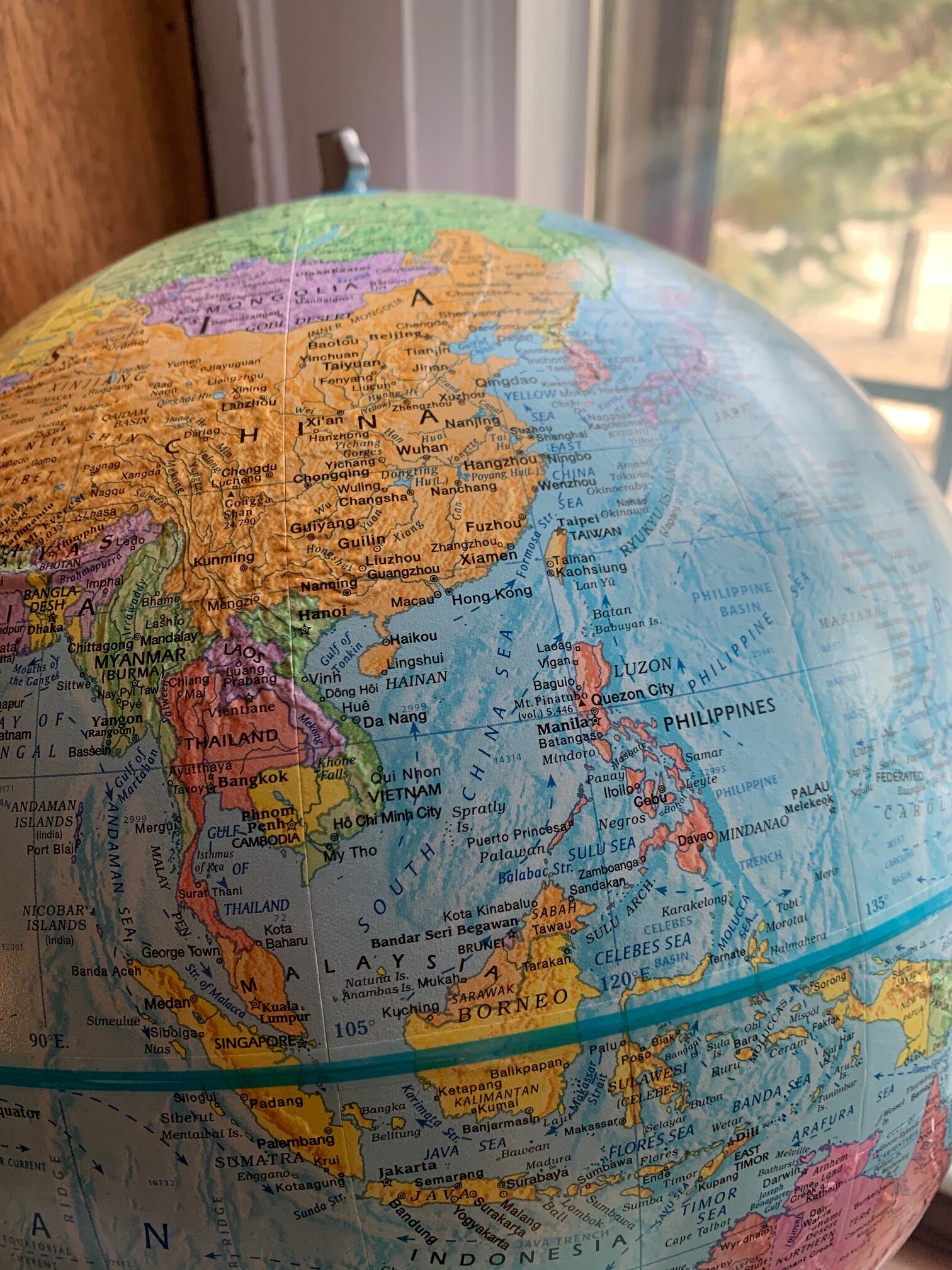I keep a globe by my desk. I spin it around to the relevant places whenever I write about global trade and geopolitics.
It’s the best low-tech tool I have to get instant perspective on some of the more complex events that affect farmers, agriculture, commodities and our nation.
Today I spun it to the Suez Canal, where a giant container ship ran aground at a chokepoint, creating the closest thing in shipping to a true bottleneck. From the globe, you can see how a jam there messes up much trade for Europe, the Middle East, North and Eastern Africa, India and the Pacific.
Read Also

Proactive approach best bet with looming catastrophes
The Pan-Canadian Action Plan on African swine fever has been developed to avoid the worst case scenario — a total loss ofmarket access.
One of the features of the globe I like is the little raised ridges that show mountain ranges, and the shadowed areas that reveal troughs in the oceans. Those are the products of profound tectonic shifts created by the planet’s huge geological plates shifting, which they do too slowly to see – except during earthquakes – but at their much-slower-than-glacial place they have created the world we live in.
You can probably tell that I’m heading towards a metaphor here, but don’t worry, it’s a metaphor that is truly apt. (No, really, it is.)
As I look at this globe, and scan the headlines of the past few days, I can see the world’s geopolitical plates clearly shifting. There have been tremors for years, but now there is a great realignment going on – I think. (On this stuff, like everything, I’m just guessing. Like everybody.)
We’ve all noticed the rushed, behind-closed-doors trials of “the Michaels” in China, which signifies something significant. China is doing something by pushing this through during a week in which it had a mini-summit with U.S. officials in Alaska. More significant, probably, is the host of actions of the U.S., the U.K., the European Union and Canada in publicly condemning China’s actions on this matter and on the treatment of the Uyghurs. France and other nations are sanctioning Chinese officials involved in the situation in Xinjiang. It’s not that any of the actions will likely result in anything concrete, but they suggest that the western, democratic nations are finally moving to publicly push back against some of China’s behaviour, resistance which has seldom been seen up to now. It feels like much of the West has decided that trying to make nice with China while getting slapped around by China doesn’t achieve much. It doesn’t stop China’s actions, and perhaps encourages it. It certainly hasn’t freed the Michaels.
The public statements this week have all clearly been coordinated, so it shows that all the governments and foreign ministries of the main Atlantic nations are beginning to work together to find a way to counter China’s attempt to undermine the rules-based order that has reigned for decades but has seemed to unravel in the past five years. That won’t be easy to take beyond these sorts of announcements. The EU and the UK are caught in a number of sparking situations ensuing from Brexit and the pandemic. The US and EU are caught in a number of trade disputes. Many Asian democratic nations, necessary for creating any great critical mass of a continuing rules-based system to counter Beijing’s alternative power-based system, were not part of this. So really, right now, this doesn’t amount to a hill of beans.
But perhaps it’s the very small beginning of the tectonic shift that I think Canada and the rest of the West needs to make in being able to preserve the old system that has done us so well, but has seemed to be breaking down due to a lack of commitment from western countries to do enough to preserve it. Combined with a host of other efforts, including the TPP and the “Quad,” perhaps a sustainable world order that can survive beside China’s immense tectonic forces is being pushed together into a shape we aren’t yet able to perceive, but will eventually form as a new landmass with identifiable shores, plains, mountains and rifts.China is forming a geopolitical continent. Perhaps we’ll be part of one looking at it from across a new but not necessarily stormy ocean.
What will that mean for farmers, commodity exporters, other exporters and nations that rely on global trade, including robust trade with China? How well will trade flow across this new ocean?
That’s part of the geography and meteorology none of us can yet see.



















